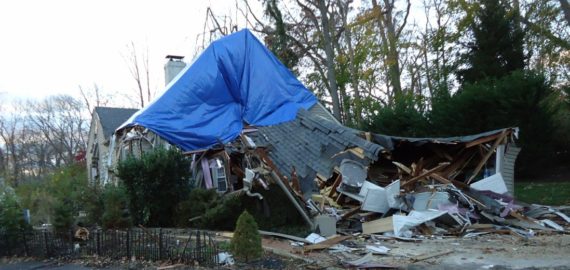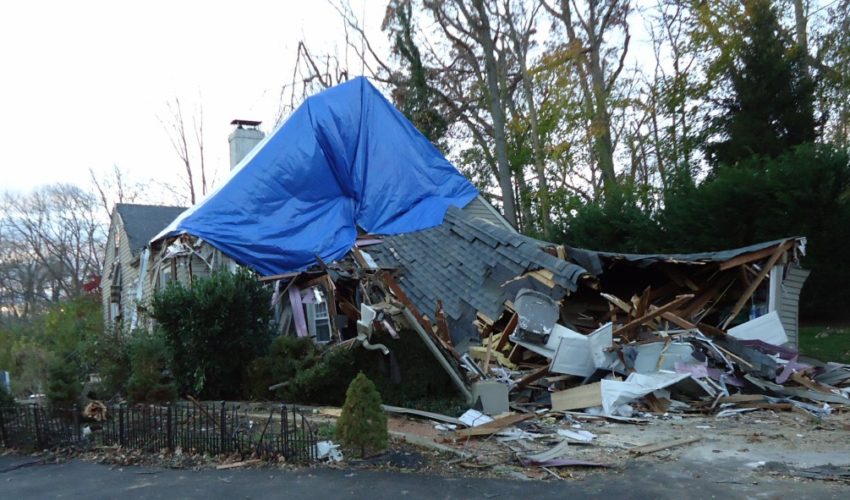How to Prevent Tree Damage to Your Roof
Trees are great for landscaping. They beautify your property. Trees can be your biggest enemy. They can drive you into the place where you constantly gnash your teeth and weep. When storms hit your city or village, the last thing you will need are trees near the house. This is not permission to show up on your property with a tree cutter and destroys everything that resembles a tree. On the contrary, what you need is the ability to put some measures in place that help you to prevent tree damages.
Relocating your home is impossible. Yes, there are times when relocating might be the best option, especially when the home is extensively damaged from hurricanes, typhoons, storms and floods. Often, what happens is that you find ways of dealing with the tree problem. The actual tree might not cause you any problem. However, its leaves, branches, and fruits can be as damaging as the worst storm or hurricane. Trees scratch and scrape the roof. Trees provide climbing plants with a faster route to the roof.

Formulate a Management Plan
What your property needs is a tree management plan. The plan will mostly revolve around trimming the branches of trees that are around six feet away from the roof. Trimming the branches is one of the most effective ways of protecting your roof from potential damage. It keeps the branches far away from your roof in the face of severe weather. It removes the path small animals prefer using to scamper and find their way to the roof from where they cause untold damage.
Check Roof for Leaves and Debris
The next step is to check the roof for leaves and other debris from the nearby trees. At times, you may have to remove the leaves constantly, especially if they continue falling on the roof after trimming the nearby branches. Failure to do this would lead to the buildup and locking of moisture on the roof. With time, the roof will begin rotting. It is not difficult to imagine the impact a rotting or rotten roof would have on your finances and the comfort of everybody who lives in your home. The structural stability of the entire building will be at risk too.
Be Familiar with Local Trees
It is important to know the names and types of trees that are growing around your property. As you know by now, information is power. This could not be truer than when talking about tree damages on roofs. Do not limit yourself to the trees whose branches are only a few inches away from the roof. Some trees are notorious for dropping heavier items. An example of this is the walnut tree. It is capable of causing dents on the roofs, by dropping walnut fruits. The damage will only worsen if you do not take proactive measures as soon as possible.
Remove/Uproot Climbing Plans
Earlier, climbing plants were mentioned. Climbing plants do not depend entirely on the nearby trees to get to the roof. They only need something that makes it easier for them to reach the house. This might be in the form of walls, doors, and windows. The best way of dealing with this problem is by removing and uprooting the climbing plants immediately you see them around your property. Otherwise, the seemingly harmless Ivy and Wisteria you see when climbing up the wall might soon shatter the gutter and roof on your building thus causing extensive damages.
To emphasize these points, the best course of action to take is trimming the trees. Keep the trees as far away from your home as possible. Trim the branches and limbs that keep scratching or scraping the roof. The falling leaves from the nearby branches need some attention too. Clean the roof and gutters regularly. What is clear here is that you have complete control on the extent of damage that trees can cause on the roof of your building. Use this power wisely to protect, probably, your biggest investment – the house.

